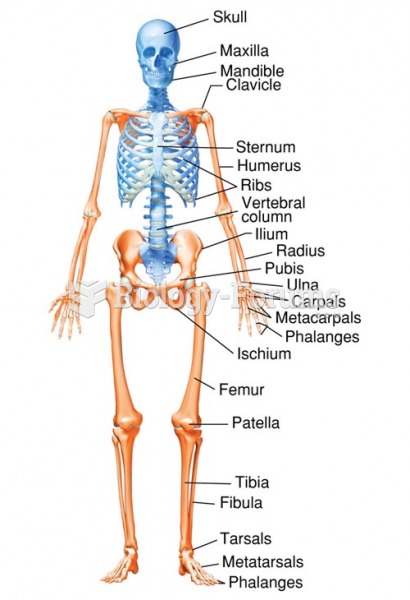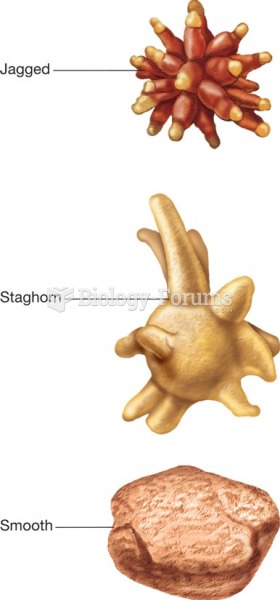Answer to Question 1
D
Feedback
A Incorrect. Midmorning is a good time to interview older adults because they are likely to be more alert at this time and not as likely to be awaiting a meal.
B Incorrect. Report-by-proxy data is not as reliable as data collected by the nurse's observations because the data tends to underestimate.
C Incorrect. The nurse does not have to use a soft voice when asking questions about borrowing books because it is not a sensitive topic such as sexual practices or how someone obtains food.
D Correct. While interviewing for an assessment, the nurse avoids directing the conversation or the older adult's responses in any manner and thus uses open-ended questions as much as possible.
Answer to Question 2
A
The most important nursing intervention when an older adult is positioned on the side is to re-lieve pressure on the head of the femur and the greater trochanter; the greater trochanter is the most prominent bony projection on the side of a body. By turning the older adult at intervals, the nurse helps maintain tissue perfusion, thus providing oxygenation to tissues and allowing the removal of waste from vulnerable skin. The nurse places a pillow between the knees to help maintain physiological body alignment and to prevent strain on the hips and spine; if positioned properly, the pillow can help maintain tissue integrity of the medial malleolus and ankle by ele-vating them off the mattress. However, because the nurse's priority is to maintain tissue oxyge-nation, preventing muscle and joint strain is not as important. The nurse keeps the skin clean and dry to help maintain skin integrity, but this intervention is not as important as maintaining tissue oxygenation. The nurse uses the Sims' position to supplement turning; when in the Sims' position, the patient is on the side but rotated slightly forward, allowing the chest and abdomen to fall forward to relieve some of the pressure on the patient's side.






